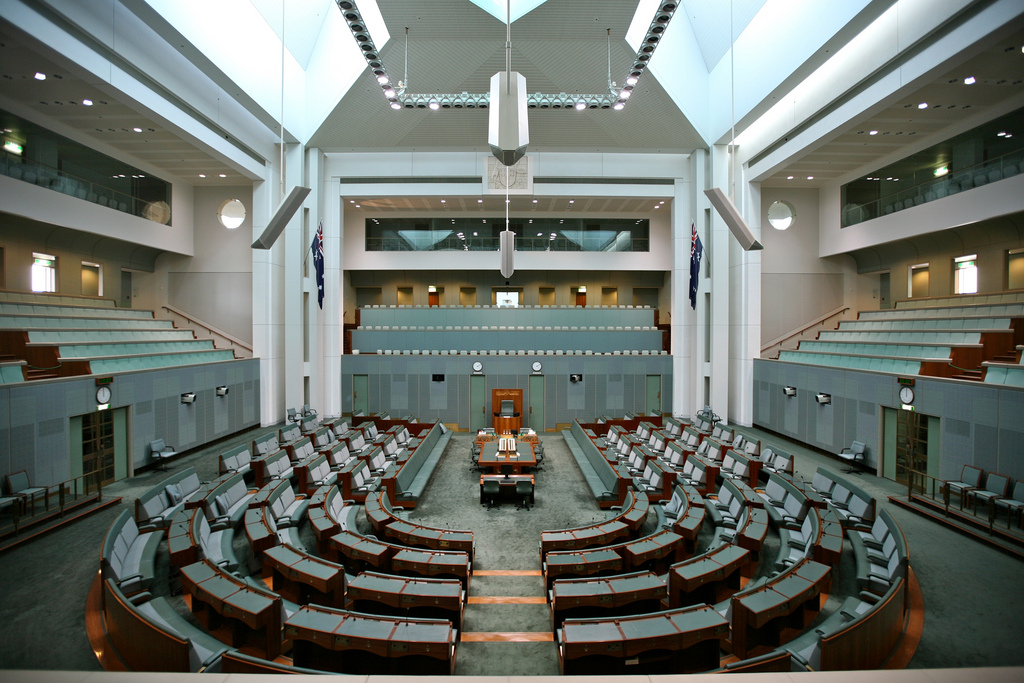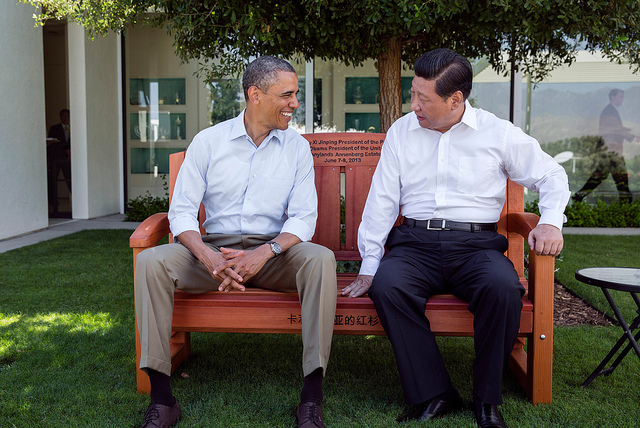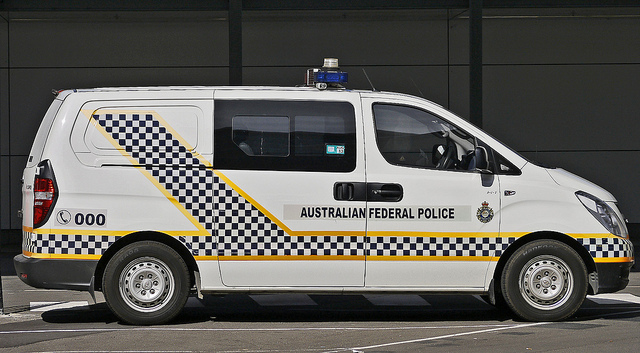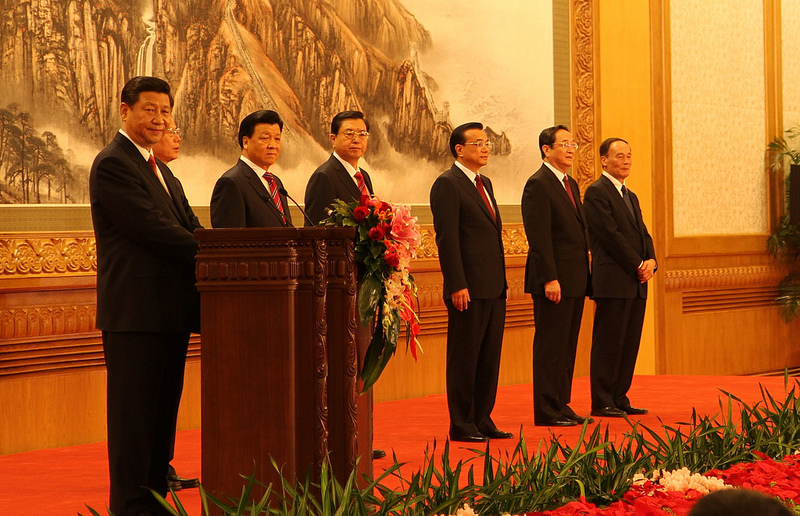The great defence debate: come on down!
 On 29 August, ASPI will host ‘the Great Defence Debate’ in Canberra between Mike Kelly, the Minister for Defence Materiel—who has been named by Kevin Rudd as Defence Minister should Labor be re-elected—and the Opposition Defence spokesman, David Johnston. Defence hasn’t rated highly as a public issue in an election campaign more obsessed with selfies than self-reliance. In one sense, that points to a reassuringly high level of bipartisanship on defence, which is no bad thing for policy continuity. Being deep in the comfort zone doesn’t push the envelope for critical thinking, but for at least a golden sixty minutes after lunch on the 29th, the Great Defence Debate will open the door on some substance. Here’s hoping.
On 29 August, ASPI will host ‘the Great Defence Debate’ in Canberra between Mike Kelly, the Minister for Defence Materiel—who has been named by Kevin Rudd as Defence Minister should Labor be re-elected—and the Opposition Defence spokesman, David Johnston. Defence hasn’t rated highly as a public issue in an election campaign more obsessed with selfies than self-reliance. In one sense, that points to a reassuringly high level of bipartisanship on defence, which is no bad thing for policy continuity. Being deep in the comfort zone doesn’t push the envelope for critical thinking, but for at least a golden sixty minutes after lunch on the 29th, the Great Defence Debate will open the door on some substance. Here’s hoping.
Four key questions come to mind as the essential points on which our prospective ministers must be tested. As the debate won’t be held under exam conditions, I have no problem sharing these posers in advance with ASPI’s readership. Your time starts now.
First, the money question:
Gentlemen, both government and opposition say they want defence spending to return to two per cent of gross domestic product. How exactly do you intend to bring that about, and when?








